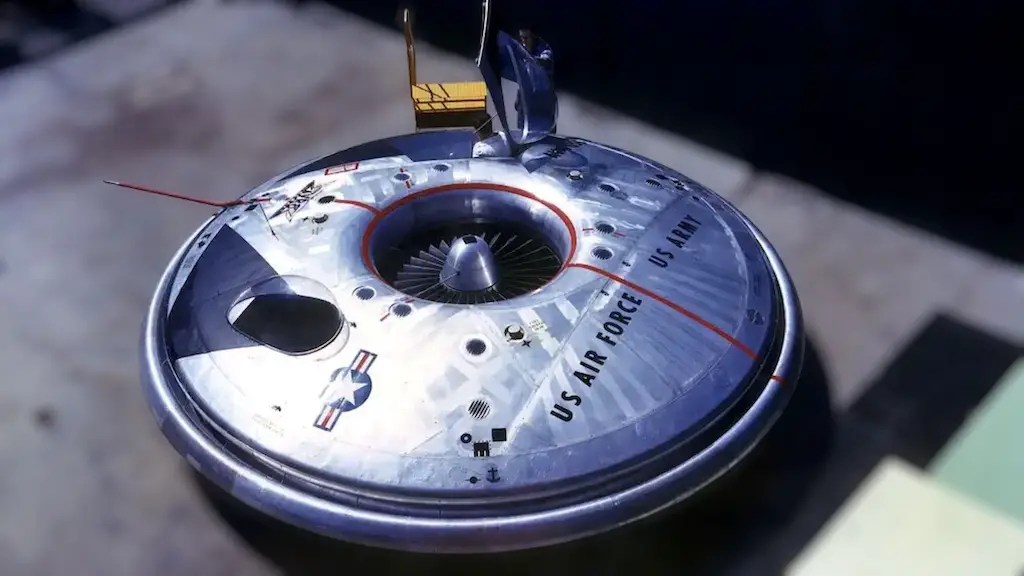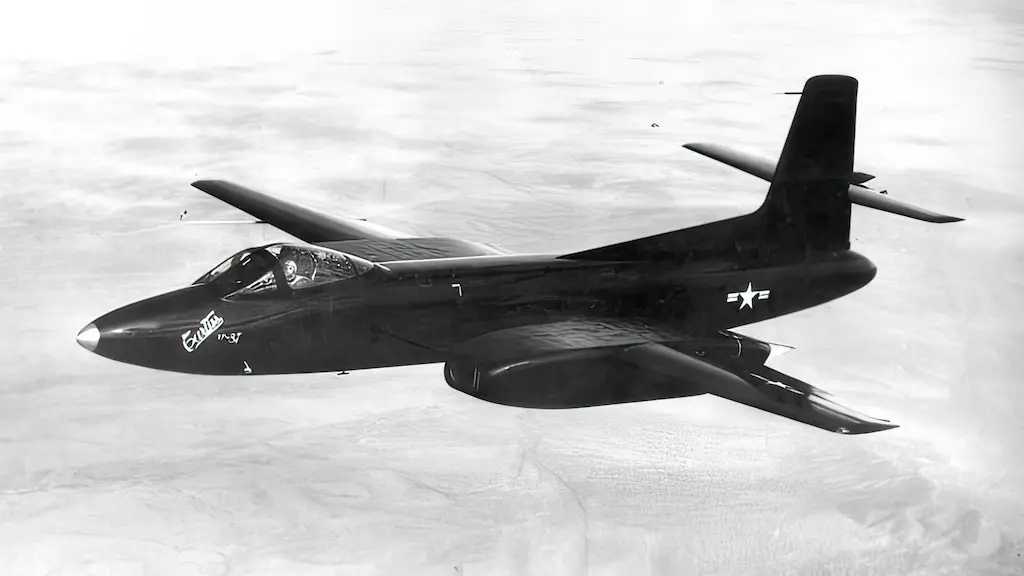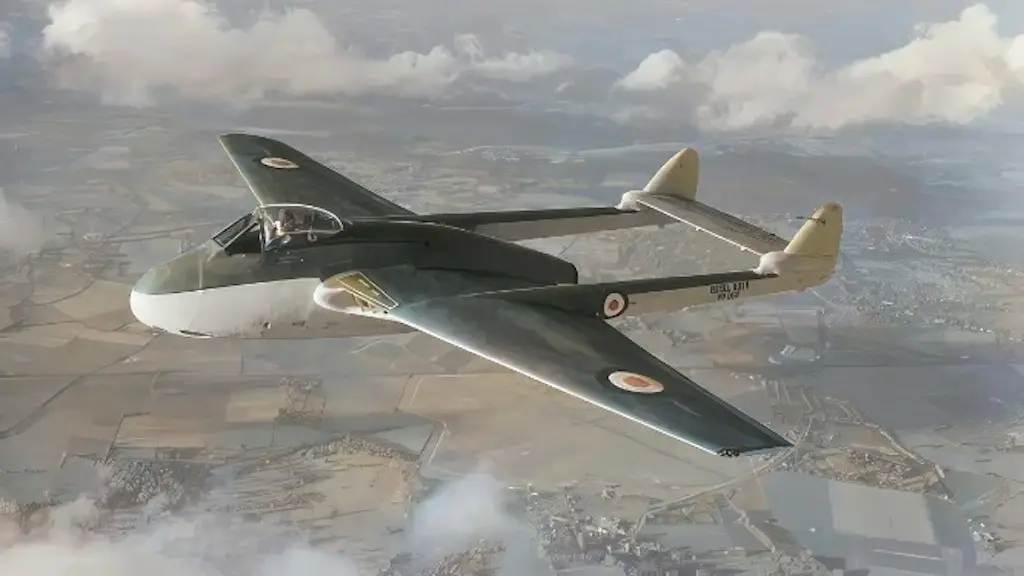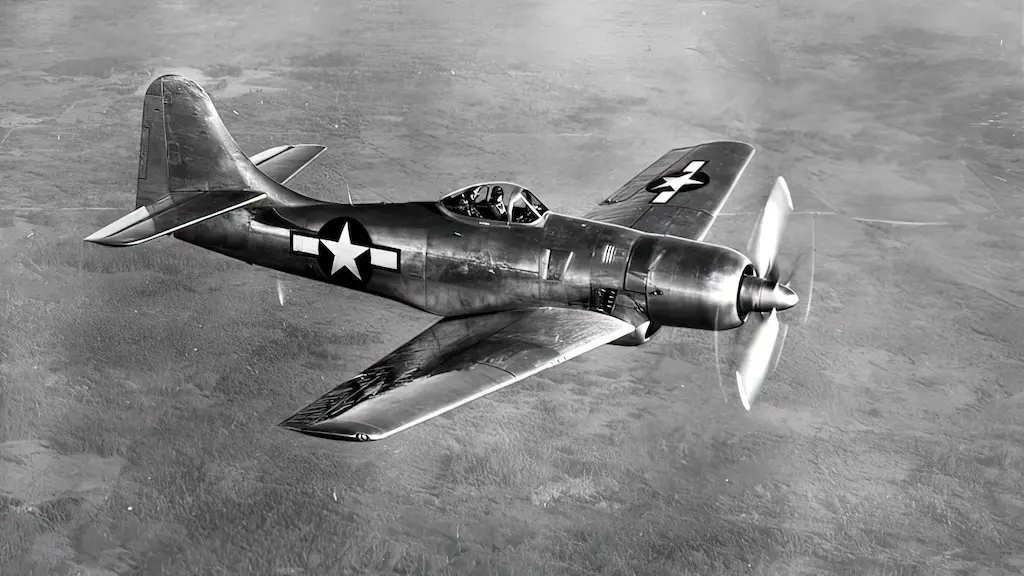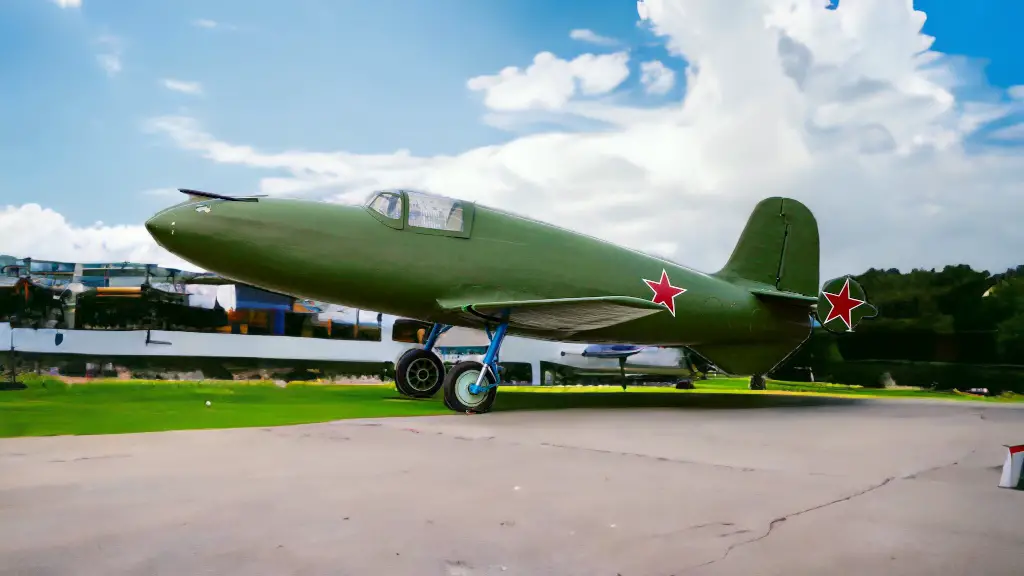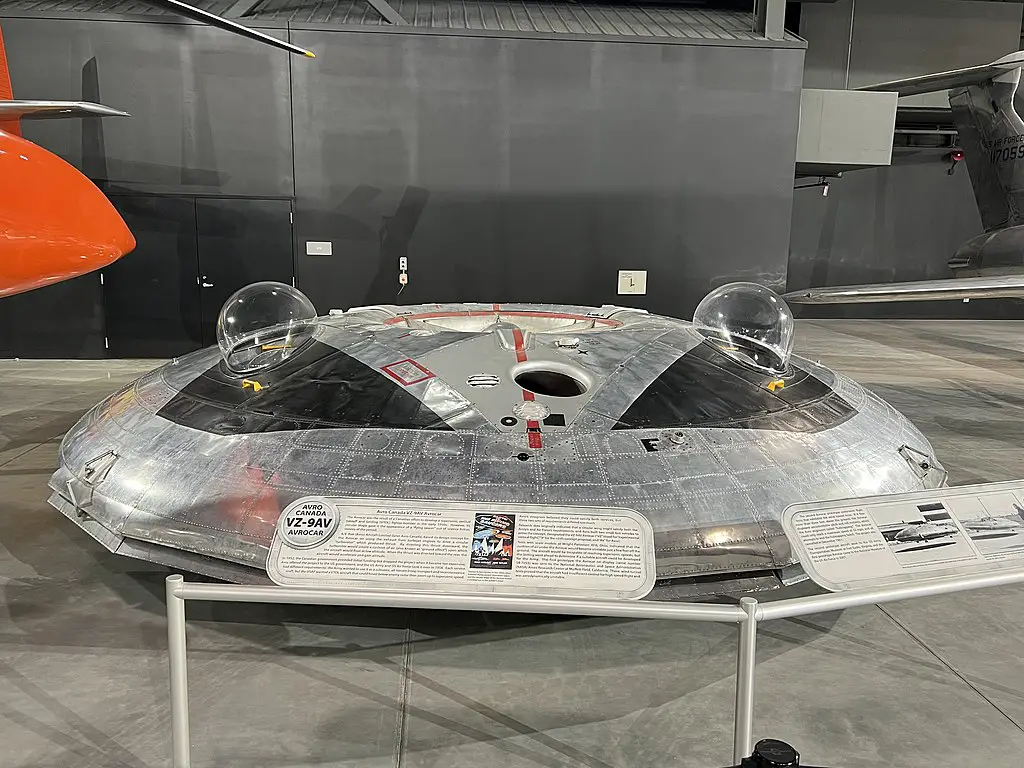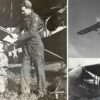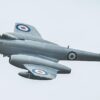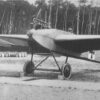Flying saucer?
Although pop-culture associations may have influenced the design of the Avrocar with the flying saucer shape. But engineers were probably less interested in creating an alien ship and were primarily trying to build vertical take-off and landing (VTOL) aircraft. It seemed obvious that any new major conflict on the European continent would start with nuclear bombs that would destroy military installations—and airstrips—across most of the region. Thus an aircraft that could land and take off from anywhere would be instrumental.
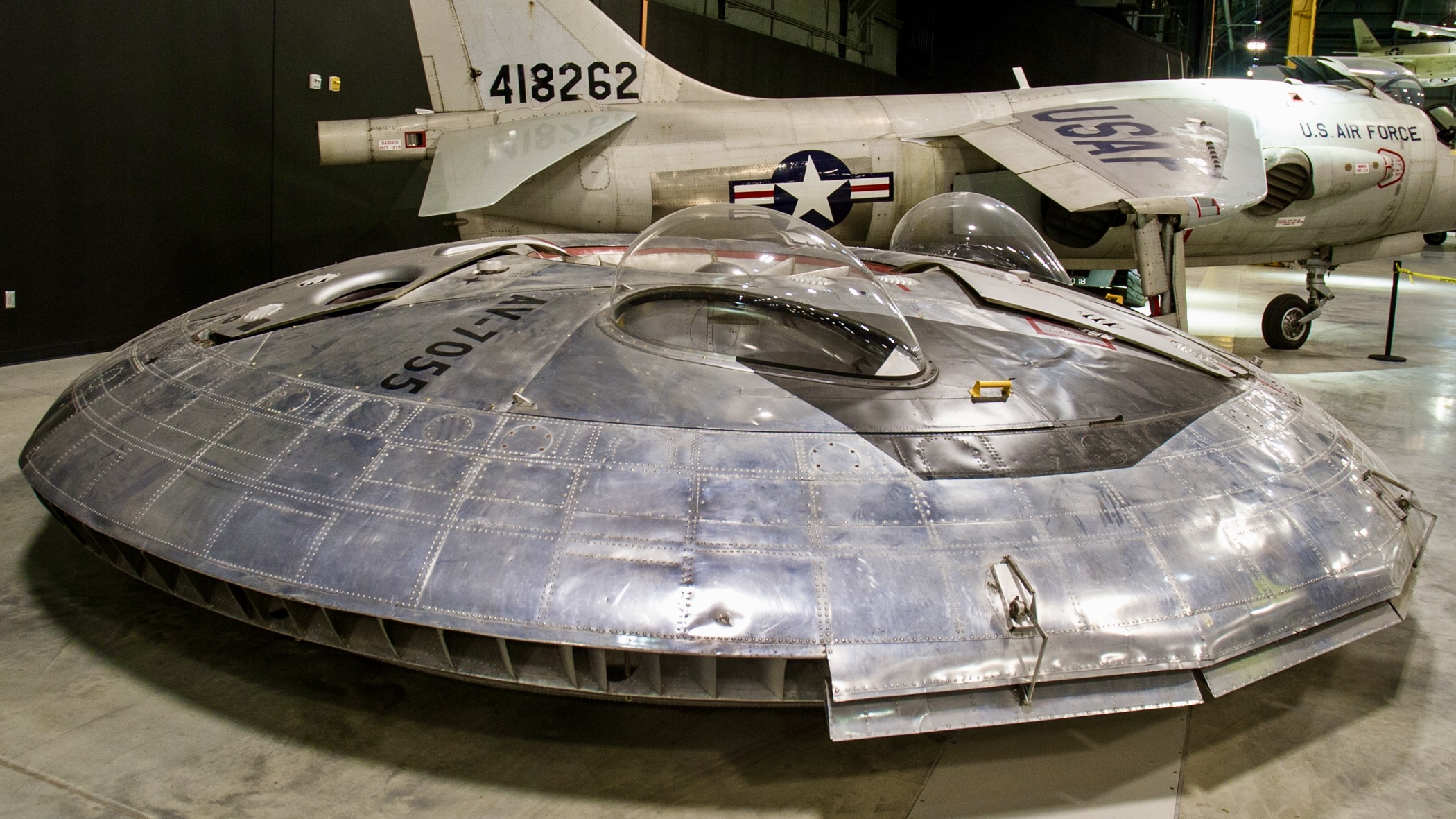
How did it even work?
No wings, no rudder, and no stabilizers… in fact, the saucer bears very little resemblance to any conventional aircraft. Which begs the question: How did it fly?
To make use of the Coanda effect, air is ejected downward and from the edges. In essence, the entire aircraft is transformed into a lifting surface. Tilt and yaw were controlled with more or less air being directed in the appropriate direction. Really inventive engineering considering slide rule, math, and theory were all they had.
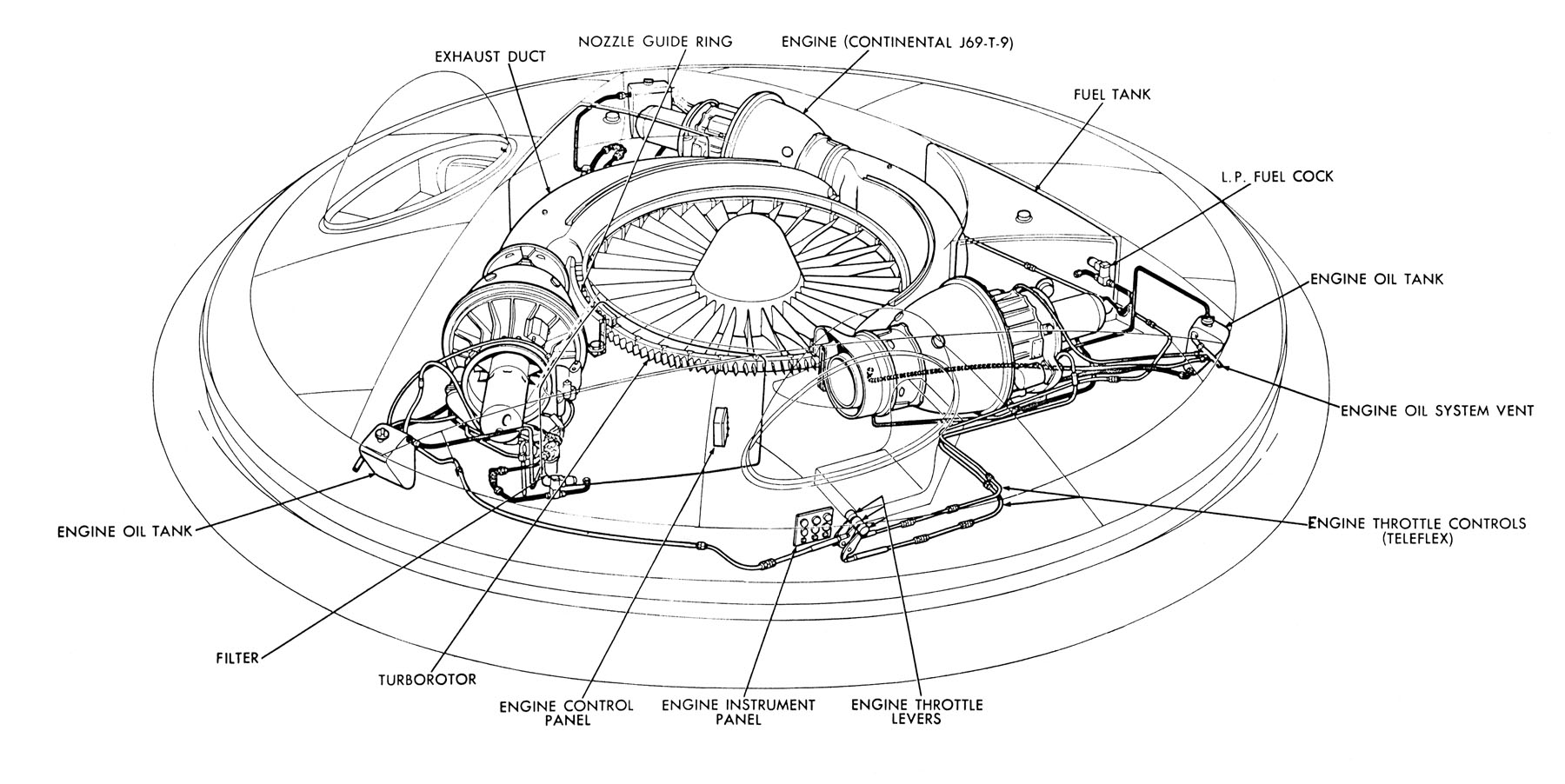
It moved slowly and was highly erratic. It’s incredibly ineffective. Therefore it’s puzzling why anyone would have thought forcing air over a lifting surface was a good idea. Utilizing the aircraft’s momentum or the rotor makes it considerably simpler to move enough air across the lifting surface. Additionally, it made lifting and control susceptible to a strong breeze, and it was impossible to fly in strong winds.
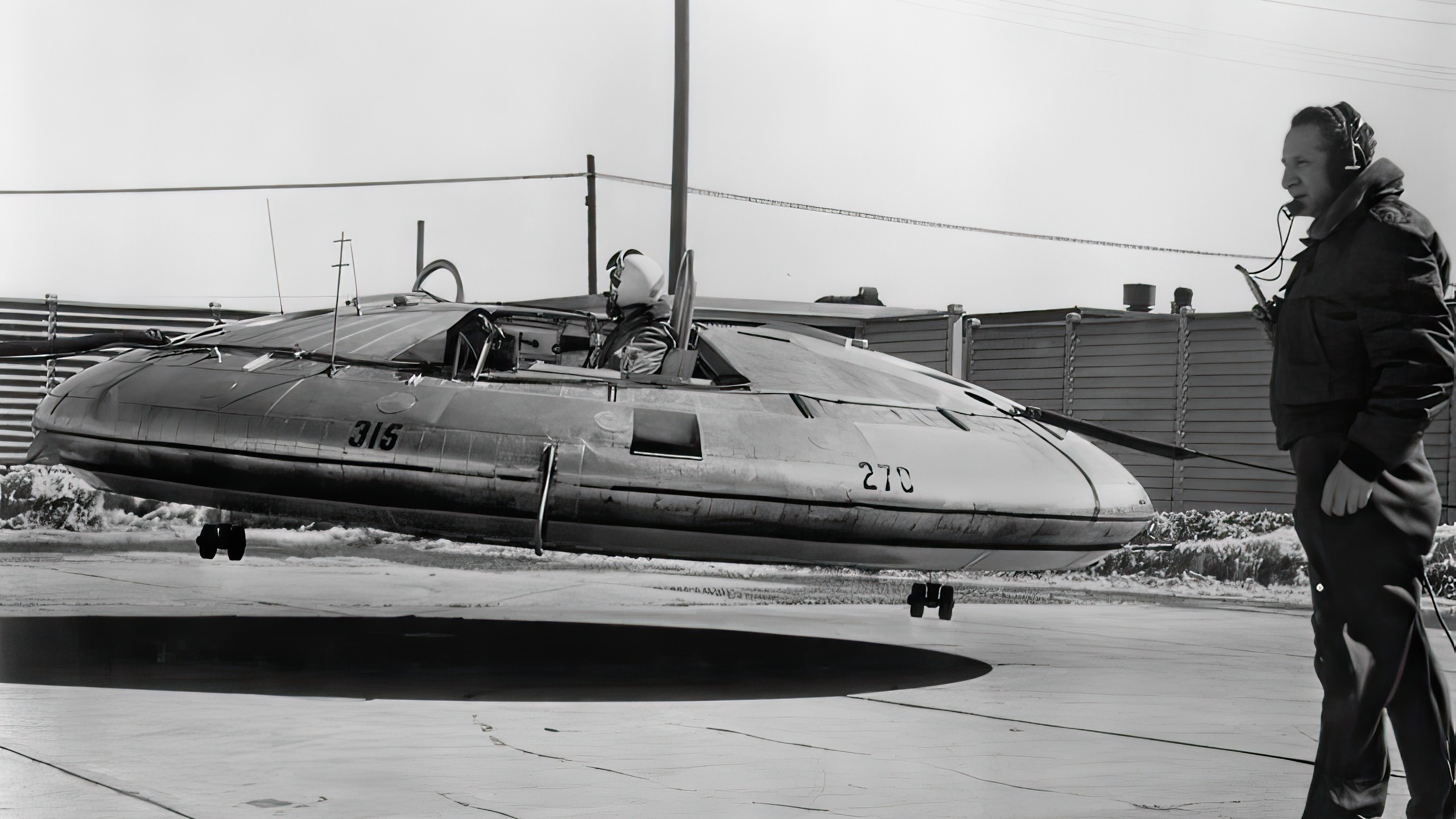
Development
After the Canadian government started financing the project in 1952, Jack Frost and his crew created a wooden mock-up of their flying saucer within a year. The Canadian military felt compelled to reply after the images made it to the public.
They said their saucer-shaped fighter was in development and promised to reach speeds of up to 1,500 mph in addition to being able to climb vertically. It’s important to remember that the U.S. military’s jet-powered aircraft at the time, like the F-86 Sabre, was much slower, with top speeds of just about 690 miles per hour.
Nevertheless, despite their public declarations, Canada was more interested in other innovative aviation ventures than Frost’s potential flying saucer, and financing took a lot of work to come by for years. That is, until 1958 when the US Department of Defense began considering the peculiar aircraft as a potential remedy for two very different issues.
The U.S. takes over the project.
The American Army was searching for a subsonic aircraft that could transport troops over various terrains while also being used for surveillance. Based on Frost’s claims regarding the performance capabilities of the Canadian saucer, it appeared that the Avrocar would work well for fast landings to distribute soldiers in combat zones.
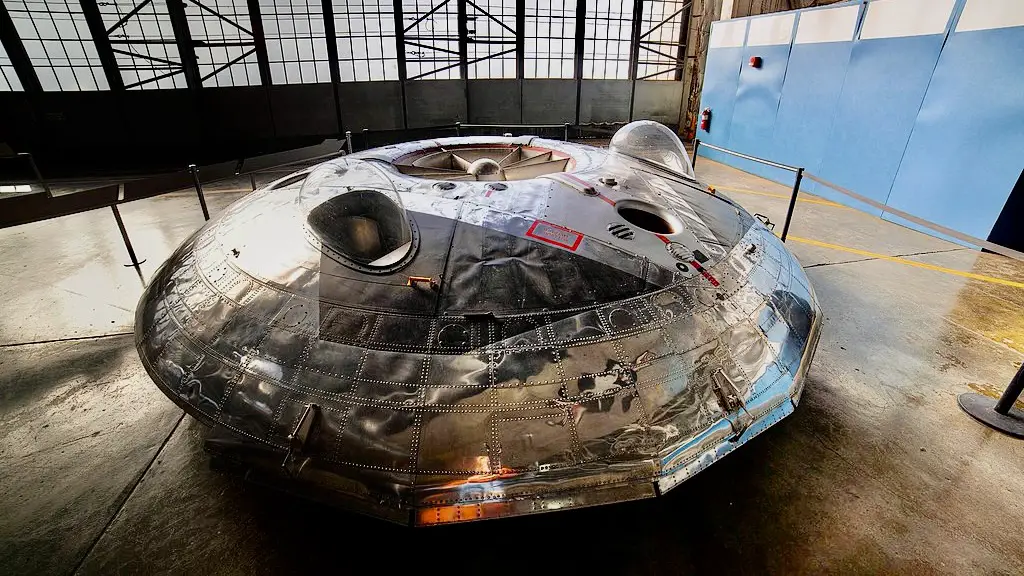
The Air Force, on the other hand, was more interested in an aircraft that could take off and land without runways and could successfully hover while evading enemy radar and that could take off at supersonic speeds when necessary to intercept approaching fighters or bombers.
The VZ-9 Avrocar was renamed the VZ-9AV Avrocar after the Pentagon received information from the Avrocar program that it might satisfy each of these criteria. “VZ” stood for “experimental vertical flight,” “9” for the ninth concept proposal, and “AV” for Avro. For a brief period, it appeared like the program was on track and that the United States was on its way of becoming the first country on Earth to start using combat flying saucers.
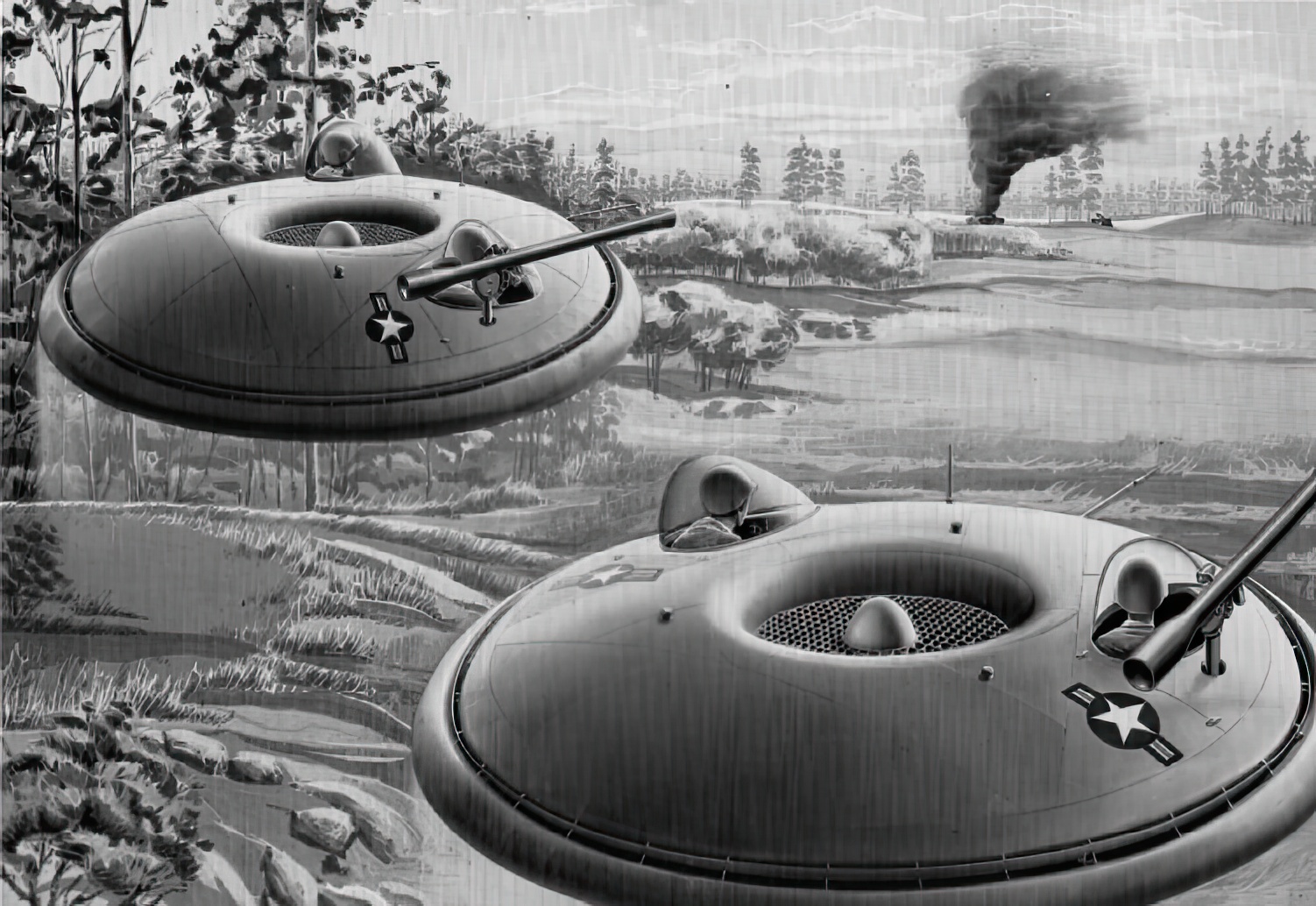
Cancelation
Six turbojet engines were to power a central turbine in Frost’s Avrocar. This would be used to generate a cushion of air beneath the aircraft, a process known as a ground effect. His team wrote a 117-page paper summarizing their findings and making the following upbeat prognoses. They estimated that the jet’s exhaust would generate 20,000 pounds of thrust, which the ground effect cushion would boost to as much as 30,000 pounds.
As a result, according to Frost, the plane would be able to reach Mach 4 speeds, have a range of 1,000 miles, and have an operational ceiling of more than 100,000 feet. That’s right, Mach 4…
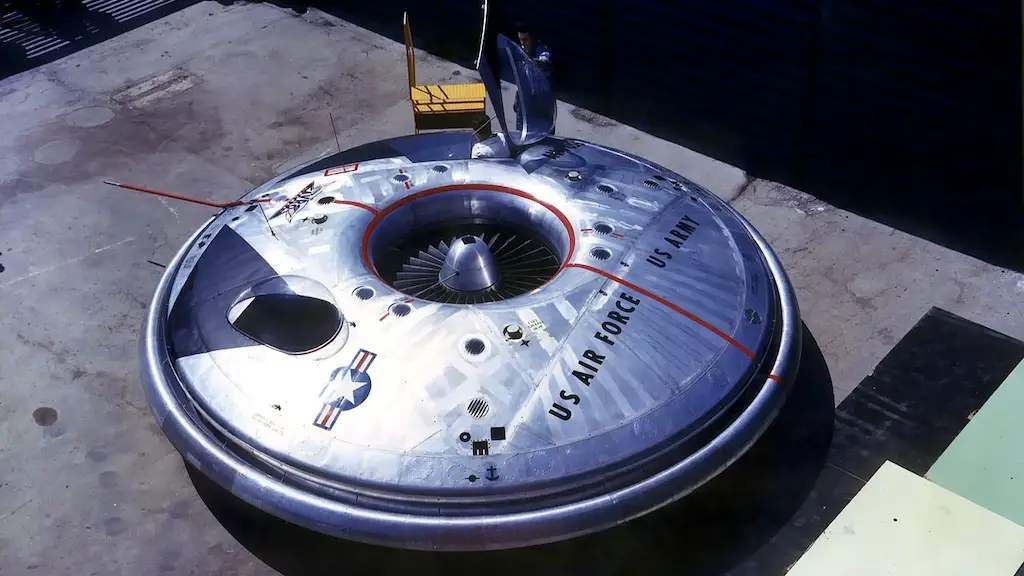
Testing
In order to put Frost’s claims to the test, the U.S. military agreed to contribute funds to construct two working prototypes. In 1959, the first Avrocar took flight with test pilot Wladyslaw “Spud” Potocki at the controls. The craft was 18 feet in diameter and far smaller than Frost’s original aircraft; it was constructed as a technology demonstration and a testing ground for future design changes. Spud now only has three engines because the design had to be made smaller to fit inside the saucer-shaped space.
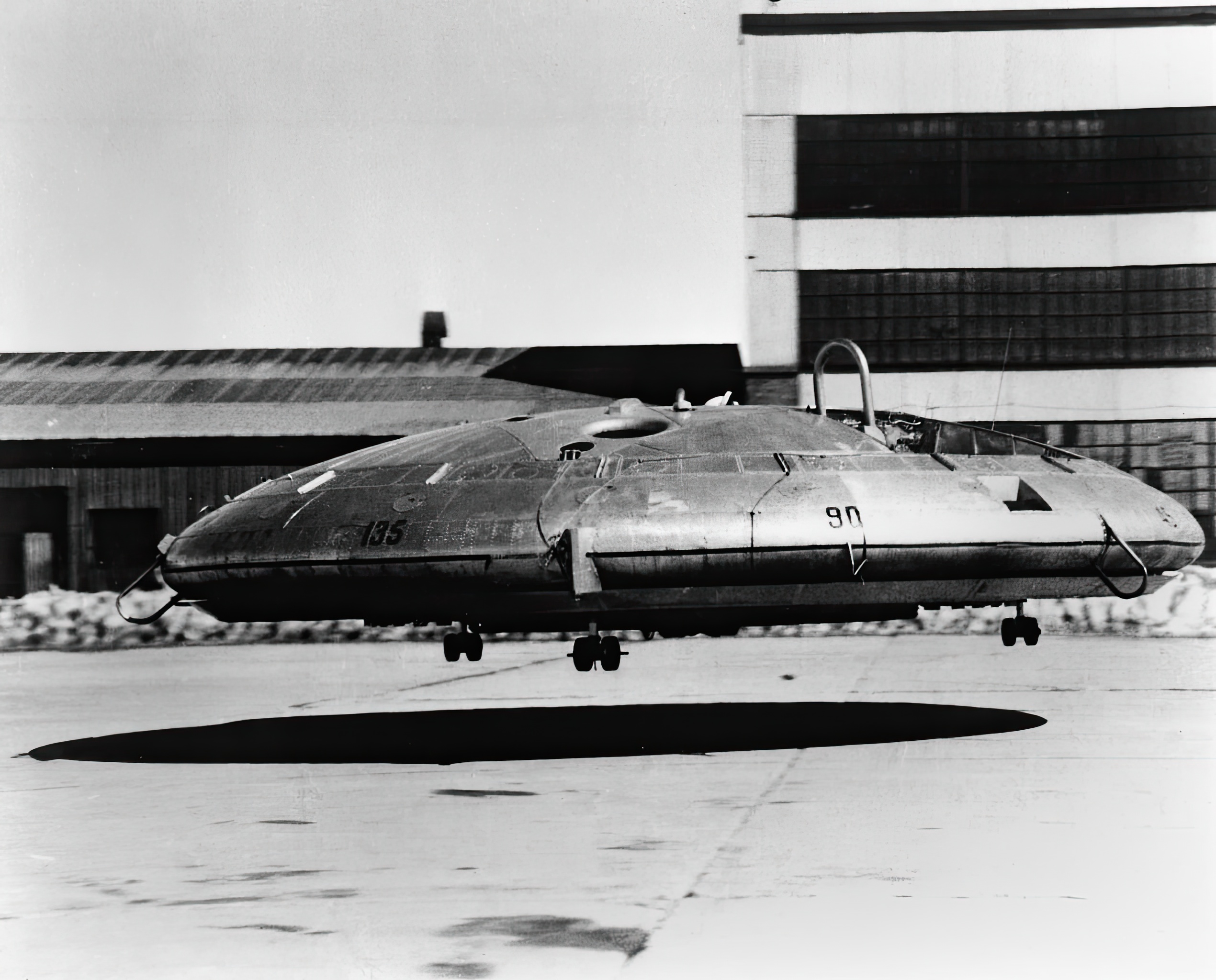
America’s flying saucer nevertheless took off as planned, but as it ascended over its 3-foot cushion of exhaust, the craft started to bob and become unsteady. The aircraft was grounded as it was clear that further testing would be unnecessary.
Nothing seemed to stabilize the rocky Avrocar after much experimentation, including adding a tail and various control surfaces. Never exceeding 30 knots or around 34 miles per hour, it never flew more than 3 feet above the ground. It became increasingly clear that the aircraft would never even come close to the promised performance. The project was ultimately canceled in 1961.

